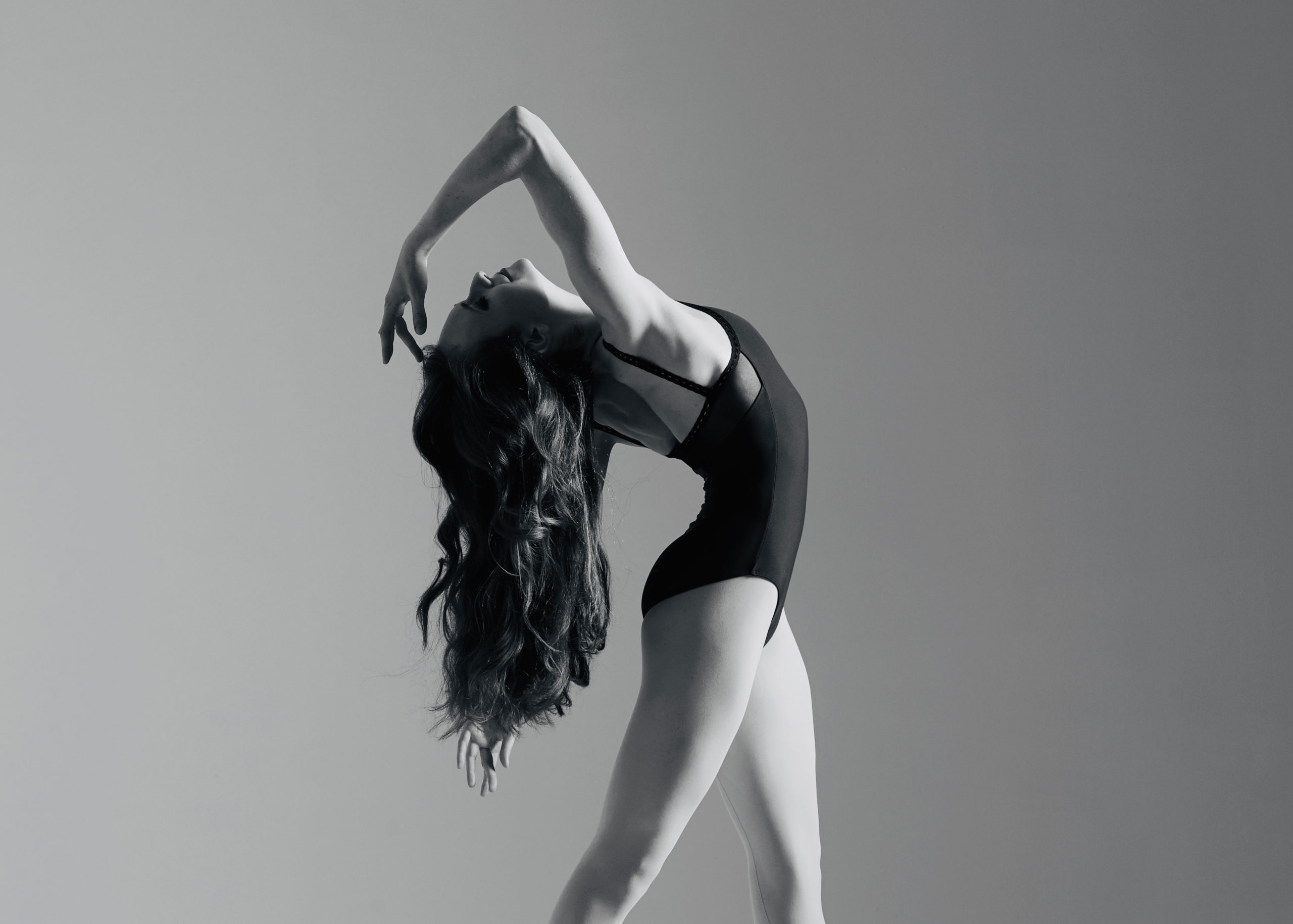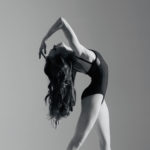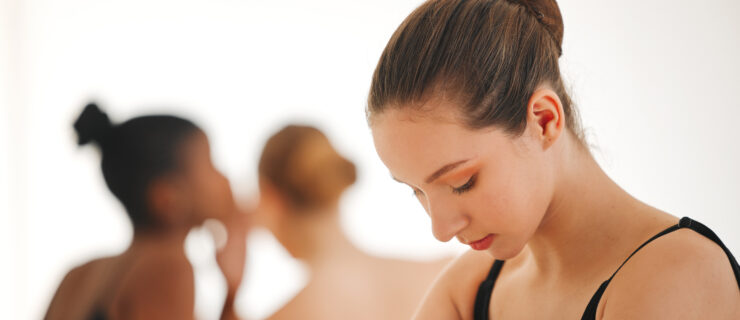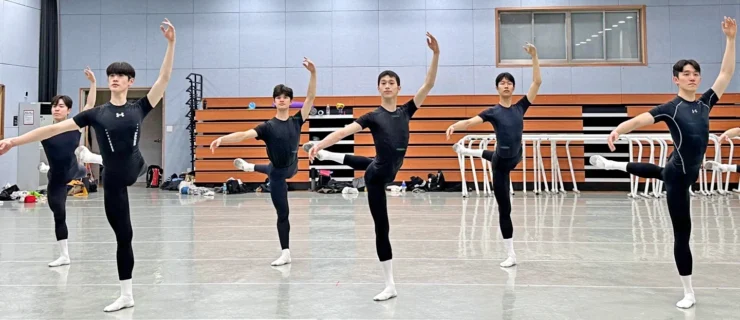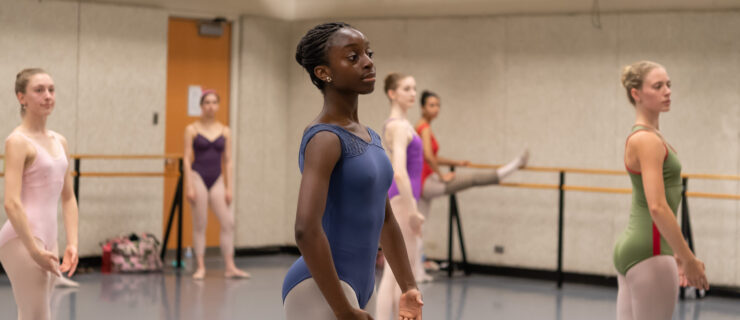5 Ways to Prep for a Creative Ballet Photo Shoot
For many performing artists, Instagram has evolved into an online portfolio. Photo shoots may feel like a regular necessity to keep visual material up to date. But there’s certainly a difference between a successful and an unsuccessful ballet photo shoot, even in an artistically creative atmosphere. Ideally you want a photographer who has experience shooting ballet. Be sure to browse their portfolios, then do a background check and connect with a few dancers who’ve worked with them before, or ask your dance friends for recommendations.
Once you’ve found a photographer, you want to prepare as much as possible. Even if these are for your personal social media rather than formal audition shots, you never know who’s looking! Here are some ways to present yourself at your very best.
1. Consider the vibe you’re going for.
Take a look at your current selection of ballet photos on your social media. Consider their overall impression from an outside viewer’s perspective: Is there a color tone used throughout? An emotional quality that pervades all of the shots? Do you need to change things up to add variety to your image collection? If you’ve never done a shoot before, think about what type of photos you’re most drawn to. Check out Instagram or Pinterest accounts of other dancers and see which photos you like the most, asking yourself these same questions.
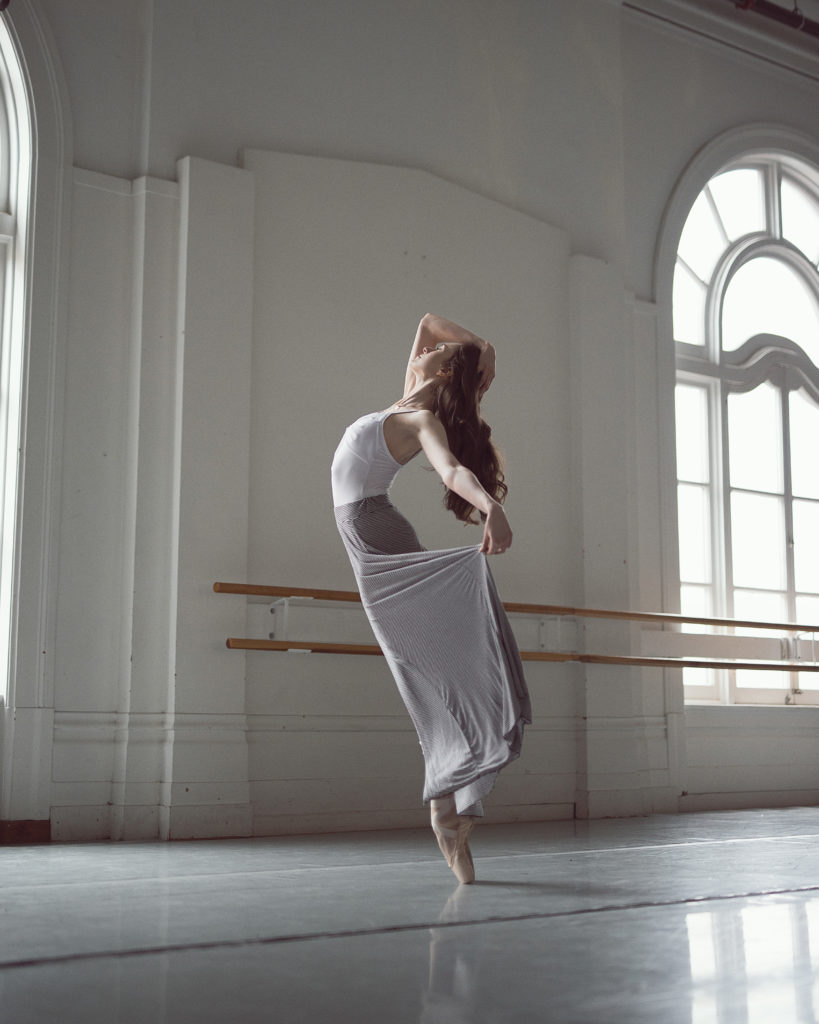
2. Create an inspiration board.
Peruse your photographer’s portfolio to get a feel for their photographic style and past work. Save the ballet photos that you find inspiring to create a sort of “inspiration board” that you can share with the photographer when you chat about your shoot (see item 4 below). Think about the look you’re going for—high fashion? Artsy? A Pinterest board or the collection feature on Instagram are excellent places to assemble and easily share your photos.
3. Assemble your wardrobe.
Creative photo shoots offer lots of flexibility when it comes to fashion. Think outside of the box! But make sure your wardrobe mirrors the image and vibe you want to portray. Most importantly, make sure you can freely move in the clothes you pick out, especially if it’s not traditional dancewear, and that they accentuate your lines. They should add to your modeling, not hinder it. Avoid anything that limits your arms and legs’ range of motion, as well as any jarring prints that may visually distract from your line.
4. Have a conversation with your photographer in advance.
A ballet-photo shoot should be a collaborative process between you and the photographer. Both of you bring something unique to the table, so it’s important to discuss the artistic vision of the shoot and factors such as lighting choices and color palette in advance. Make sure you present what you determined in item 1 so that the end product aligns with your goals.
This is also a time to confirm the logistics of the shoot, such as cost, location, the number of hours and the anticipated number of final shots. You should also discuss copyright permission, especially if you’re planning to post the pictures to social media or distribute them to press outlets. You will likely be asked to sign a contract that outlines where you can and cannot share the images.
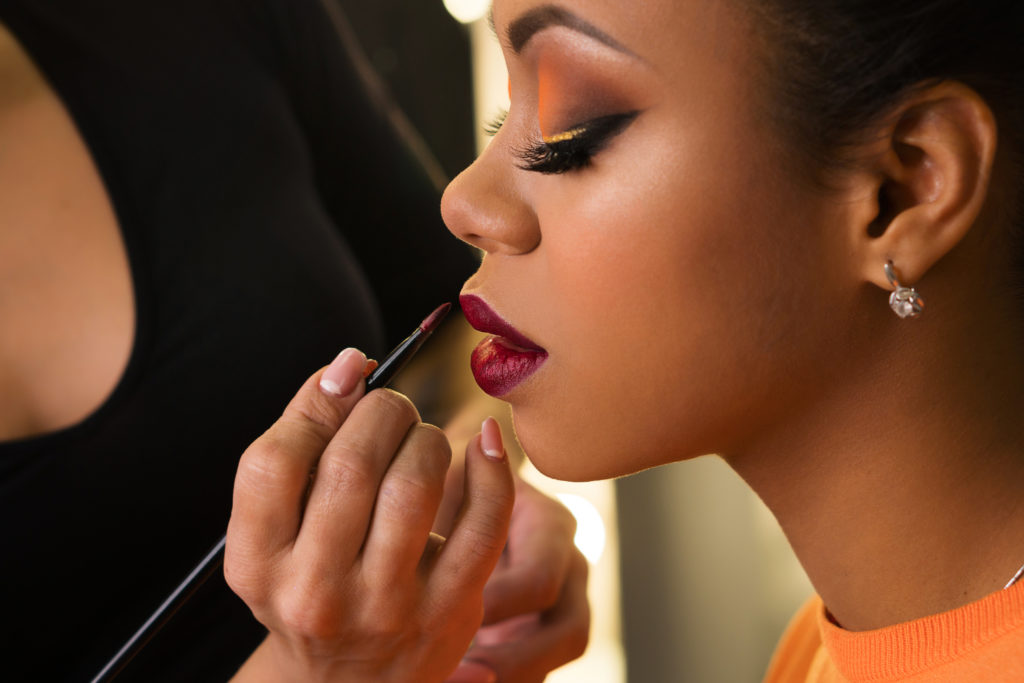
5. Hire a hair and makeup artist for the shoot, if within your budget.
You want to be focusing on your dancing and modeling during the shoot, not worrying whether your makeup is on point. For the best results, hire a pro who has worked with ballet dancers and understands how your look will translate to a 2-D image, as well as under lighting. (Many have expertise in both hair and makeup.) Make sure to discuss your vision with them in advance, just like you did with the photographer, so that they’ll know how many different looks you’ll need. If a hair and makeup artist isn’t possible, do some research on YouTube for DIY tutorials. The photographer may also have picked up some makeup skills over the years and can assist you.
